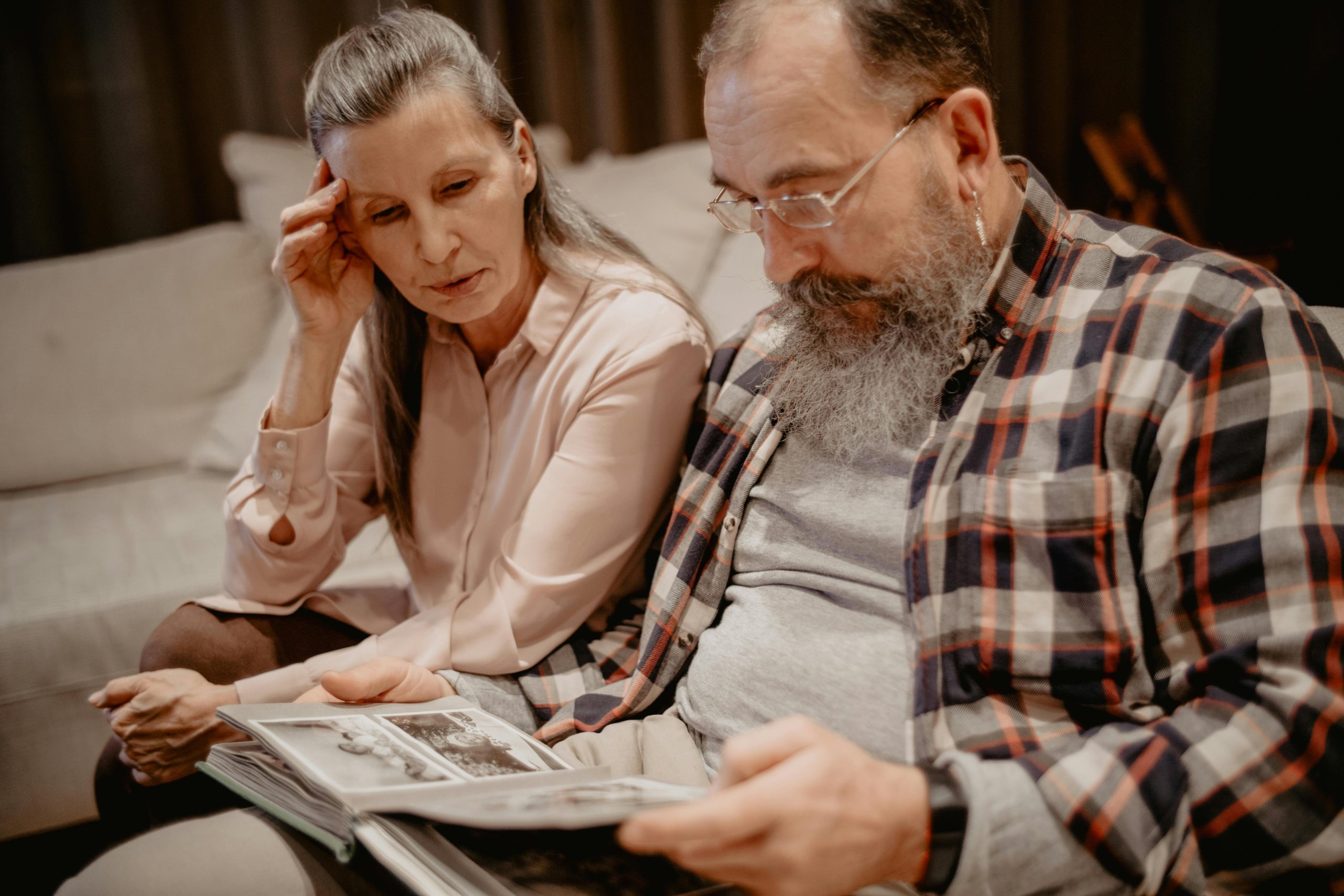Polymyalgia rheumatica (PMR) is most common after age 50, more often in women, and is seen most in people of Northern European ancestry. Family/genetic factors play a role.
Newer research suggests smoking and visceral (belly) fat may raise risk, while infections and medications sometimes mimic or trigger PMR-like syndromes rather than true PMR.
At-a-glance: strongest, emerging, and uncertain risks
- Strongest, well-established
- Age ≥ 50, peaking in the 60s–70s
- Female sex
- Northern European ancestry (PMR occurs everywhere, just less commonly outside this ancestry)
- Family/genetic contribution
- Emerging/modifiable
- Cigarette smoking (signal seen in modern cohorts; size of effect modest)
- Visceral adiposity (belly fat) rather than BMI alone
- Situational/medical exposures (can cause PMR-like illness)
- Immune checkpoint inhibitors (cancer immunotherapy) → PMR-like syndromes
- Statins: Can cause PMR-like muscle aches and stiffness in some; the link to true PMR remains debated
- Uncertain or inconsistent
- Infections/seasonality: studies conflict; no single germ proven to cause PMR
- Overall body size (BMI): older data showed no clear association; newer work points more to belly fat than weight alone
Non-modifiable risk factors (the ones you’re born with or age into)
1) Age (the biggest driver)
PMR is rare before 50 and becomes more common as we age, with a peak in the 60s–70s. Immune systems change with age, which likely helps explain this pattern.
2) Sex
Women are affected 2–3 times more than men in many datasets.
3) Ancestry and geography
PMR occurs worldwide, but rates are highest in people of Northern European ancestry (for example, Scandinavian countries). This points to a mix of genetics and environment.
4) Family and genetics
PMR (and its “sister” condition, giant cell arteritis — GCA) cluster in some families, suggesting genetic predisposition. Older HLA studies and newer genetic research support an immune-pathway signal (for example, HLA-DRB1 variants in some populations, and non-HLA hits like IL1R1, NEK6, CCDC88B). Recent Japanese data even suggest protective HLA variants in some groups—so genetics vary by ancestry.
Modifiable or partly modifiable factors (what you can influence)
5) Smoking
Large contemporary cohorts and genetic methods point to smoking as a potential risk factor. In one women’s cohort, heavy lifetime exposure (≥20 pack-years) modestly raised PMR risk; genetic (Mendelian randomization) work also supports a causal link. Quitting helps overall health and may reduce PMR risk at the population level.
6) Visceral (belly) fat
Older clinic studies using BMI didn’t find a clear link with PMR. Newer genetic analyses suggest visceral adiposity (fat around organs) could raise risk—distinct from BMI. Healthy waist size and activity may therefore matter more than the scale alone.
Practical tip: Aim for smoke-free living, a heart-healthy diet, and regular movement (walking + light strength work). You’re protecting your heart, bones, and possibly lowering your PMR risk at the same time.
Medical exposures that can imitate or unmask PMR
7) Immune checkpoint inhibitors (ICIs)
Cancer immunotherapies can “over-rev” the immune system and cause PMR-like syndromes (called immune-related adverse events). These look and feel like PMR but are tied to cancer treatment and may be managed a bit differently. If you’re on ICIs and develop new shoulder/hip stiffness, tell your oncology team promptly.
8) Statins
Reports link statins with PMR-like pain and stiffness in a subset of people. This remains controversial: muscle problems from statins can mimic PMR, and some database signals may reflect misclassification. Don’t stop statins on your own—ask your clinician to sort out PMR vs. statin myopathy.
Infections and seasonality: intriguing, but not proven
Researchers have looked for infectious “triggers” (for example parvovirus B19, Mycoplasma, RSV/adenovirus) and for seasonal patterns. Results conflict, and no single germ is confirmed as a cause. Bottom line: infections might trigger symptoms in a few people, but they don’t explain most PMR cases.
What does not clearly raise risk?
- High BMI by itself: older work shows no clear association between BMI ≥25 and PMR; the newer signal seems to be belly fat specifically, not weight in general.
- Everyday activity levels, weather, or diet alone: these influence how you feel and recover once PMR happens, but there’s no solid proof they cause PMR.
“Is PMR linked to cancer?”
PMR does not appear to raise long-term cancer risk. Some large studies do show a temporary bump in new cancer diagnoses during the first 6–12 months after a PMR diagnosis—likely because people are being investigated more closely then, and because a few cancers can briefly mimic PMR at onset. Your team will check carefully at diagnosis; beyond that early window, risk looks similar to everyone else’s.
Action steps if you’re worried about risk
- Know the symptoms: deep aching/stiffness in both shoulders (often hips), morning stiffness ≥ 45 minutes.
- Don’t ignore red flags for GCA (PMR’s “sister” condition): new headache, scalp tenderness, jaw pain with chewing, or any vision change, get same-day care.
- Stack the odds in your favor: don’t smoke, maintain a healthy waist size, and keep moving.
- Medication check: if you’re on statins or cancer immunotherapy and develop PMR-type symptoms, ask your clinician to evaluate for PMR vs. PMR-like conditions.
- Family history: if relatives have PMR/GCA, tell your doctor; it won’t predict your future, but it informs the index of suspicion.
Key sources behind these takeaways
- Age, sex, ancestry patterns; global incidence ranges and clinical basics. AAFP
- Northern European predominance and geography. PubMed
- Genetics: HLA and non-HLA signals (IL1R1/NEK6/CCDC88B); population-specific findings. PMC
- Emerging modifiable risks: smoking & visceral adiposity (GWAS/MR); cohort data in women. PubMed
- ICI-related PMR-like syndromes. PubMed
- Statin-associated PMR-like presentations, with debate on causality. PMC
- Infections/seasonality: inconsistent, no single pathogen proven. PMC
- Cancer near diagnosis vs. long-term risk. PubMed

